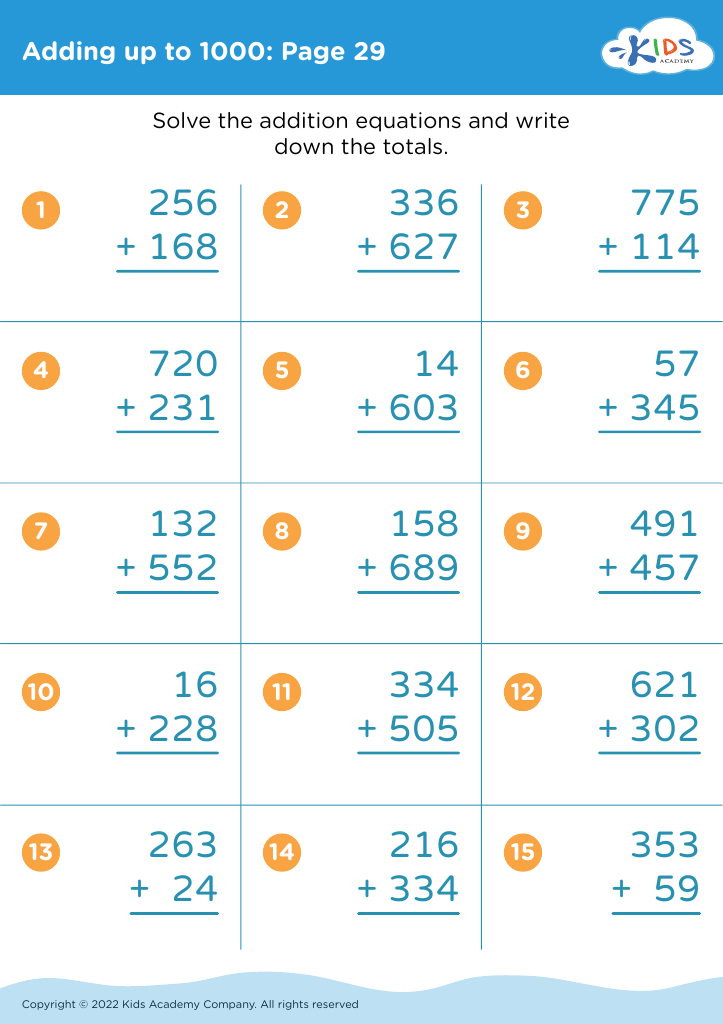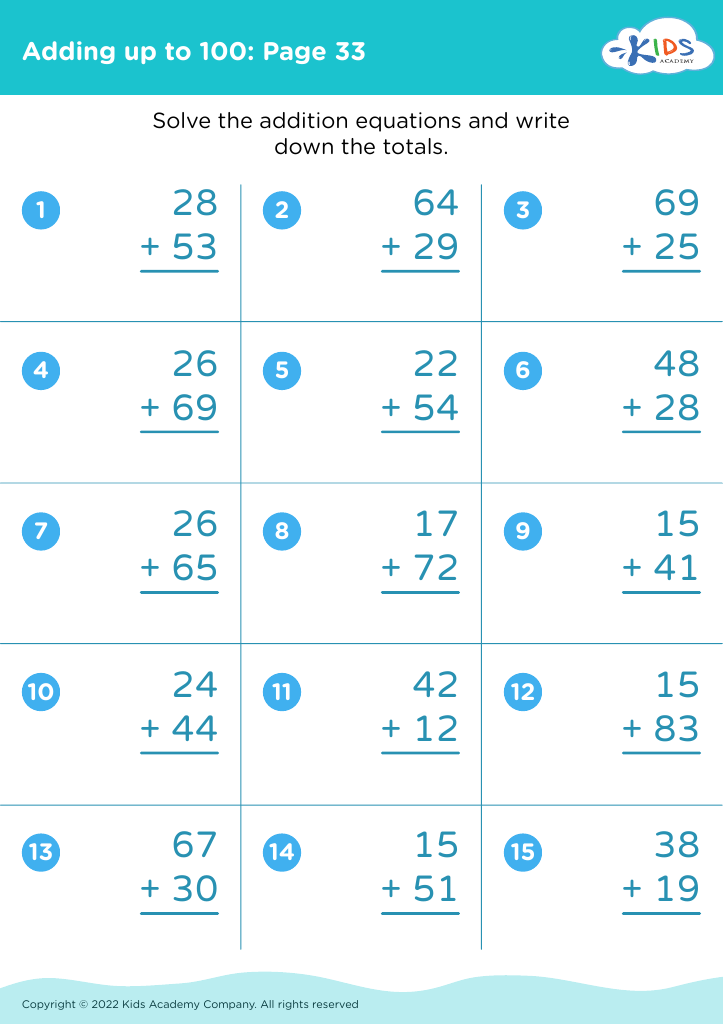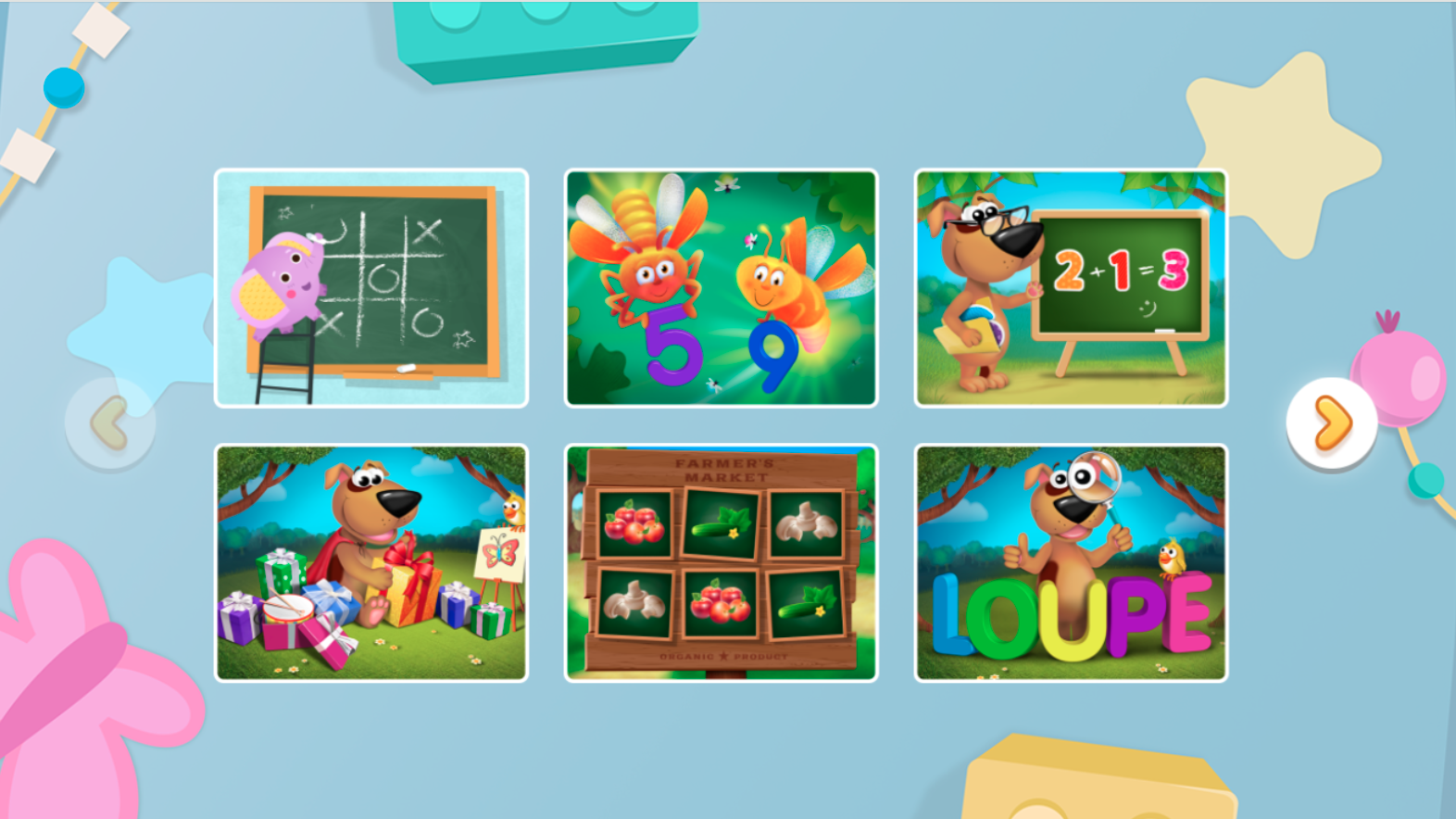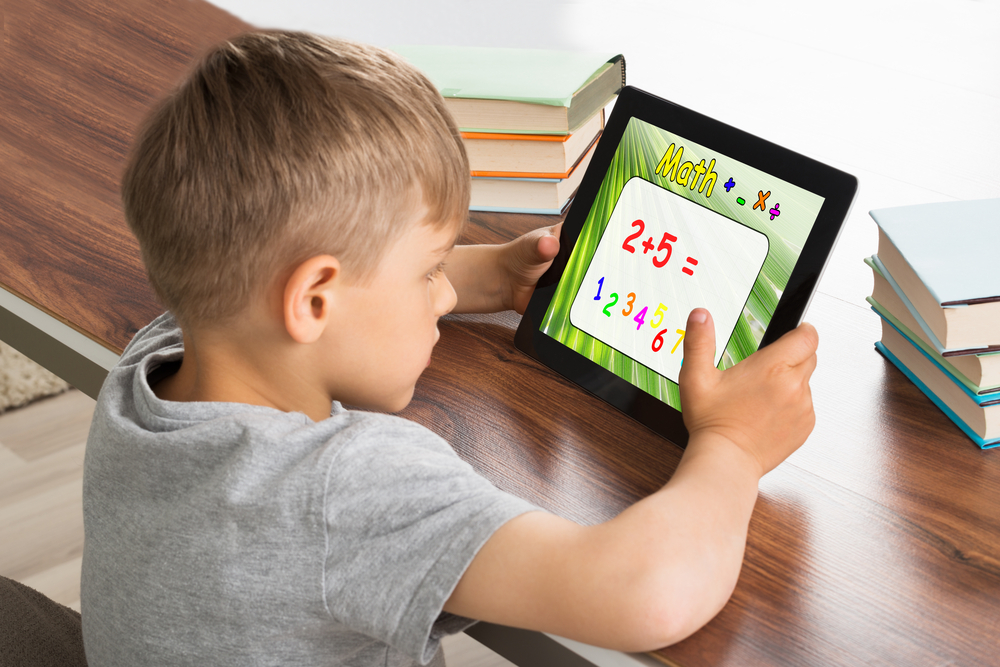Time conversion skills Addition Worksheets for Ages 3-9
3 filtered results
-
From - To
Introduce young learners to the essential skill of time conversion with our engaging Addition Worksheets for Ages 3-9 from Kids Academy! Designed to make learning fun, these worksheets help children easily grasp concepts like converting hours to minutes and adding different time units. Perfect for both classroom and home practice, these printable materials boost math confidence and time management abilities. Let your child discover the joy of conquering time-related challenges while enhancing their addition skills. Explore our collection today to provide a strong foundation in math through interactive and enjoyable exercises!
Time conversion skills are fundamental for young children because they lay the groundwork for critical life skills and cognitive development. For children ages 3 to 9, learning to convert units of time—such as seconds to minutes, and minutes to hours—is more than just a mathematical activity; it promotes a range of essential abilities.
First, understanding time helps children become organized and manage daily routines effectively. It fosters punctuality, which is crucial for school and later in the workforce. For instance, knowing how many minutes remain until a task or event helps children allocate their time wisely.
Second, time conversion skills connect directly to mathematical competency. These skills enhance a child's ability to understand ratios, fractions, and algebraic concepts. For example, realizing that 60 seconds make a minute helps children grasp the concept of multiples and division.
Additionally, time-telling promotes cognitive growth. It strengthens memory as children learn and remember various time units. It also develops their sequential thinking since time flows in a logical sequence.
Moreover, integrating lessons on time conversion with real-life examples makes learning engaging and relevant. Incorporating activities like setting timers, scheduling tasks, or even cooking can turn an abstract concept into a tangible and enjoyable experience.
In conclusion, mastering time conversion lays the foundation for critical life skills—from improving mathematical understanding to fostering personal responsibility. As parents and teachers, focusing on this early can yield lifelong benefits.























